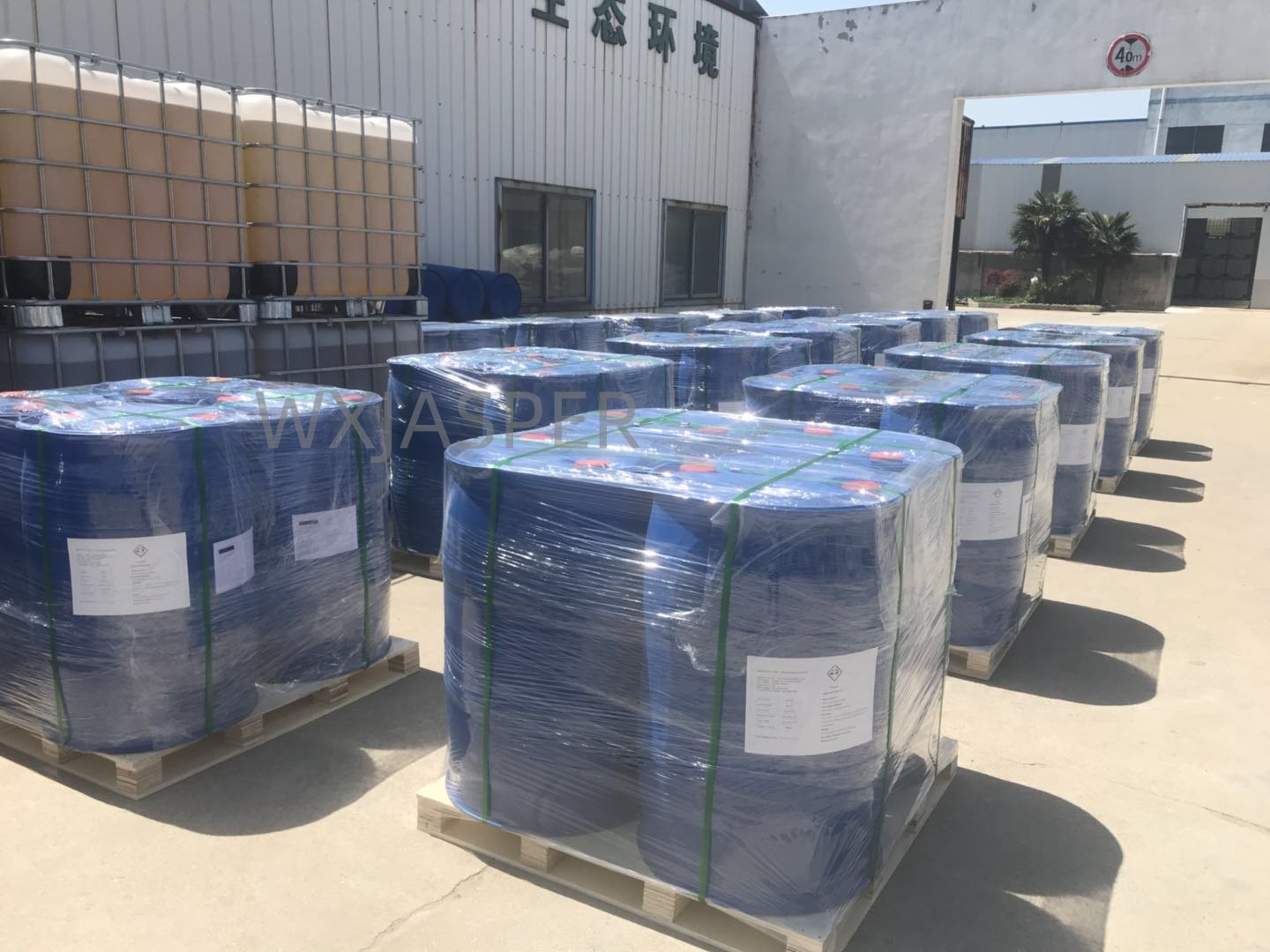Your Location:Home > Products > Solvents > Sodium Lauryl Sulfate



CasNo: 151-21-3
MF: C12H25NaO4S
Appearance: liquid
Delivery Time: 15 days
Packing: 200kg/drum
Purity: 99%
|
Indicator |
Typical Value |
Description |
|
Active Matter Content |
≥92% (industrial grade), ≥98% (reagent grade) |
Core indicator for measuring surface activity; higher purity ensures more stable performance. |
|
Melting Point |
204–207°C |
Stable at high temperatures without decomposition. |
|
Solubility |
Easily soluble in water (≈15g/100mL at 20°C) |
Aqueous solution is transparent or slightly turbid; solubility increases significantly with temperature. |
|
pH Value (1% aqueous solution, 25°C) |
7.0–9.5 |
Weakly alkaline, with a certain difference from skin pH (4.5–6.5). |
|
Surface Tension (0.1% aqueous solution) |
≤30 mN/m |
Strong ability to reduce surface tension, ensuring excellent foaming and wetting effects. |
|
Foam Height (Ross-Miles Foam Tester) |
≥180mm (initial), ≥150mm (after 5min) |
Rich and long-lasting foam, suitable for cleaning products. |
|
Chemical Stability |
Stable in alkali and hard water; decomposes in strong acid |
Avoid mixing with strong acids such as hydrochloric acid and sulfuric acid. |